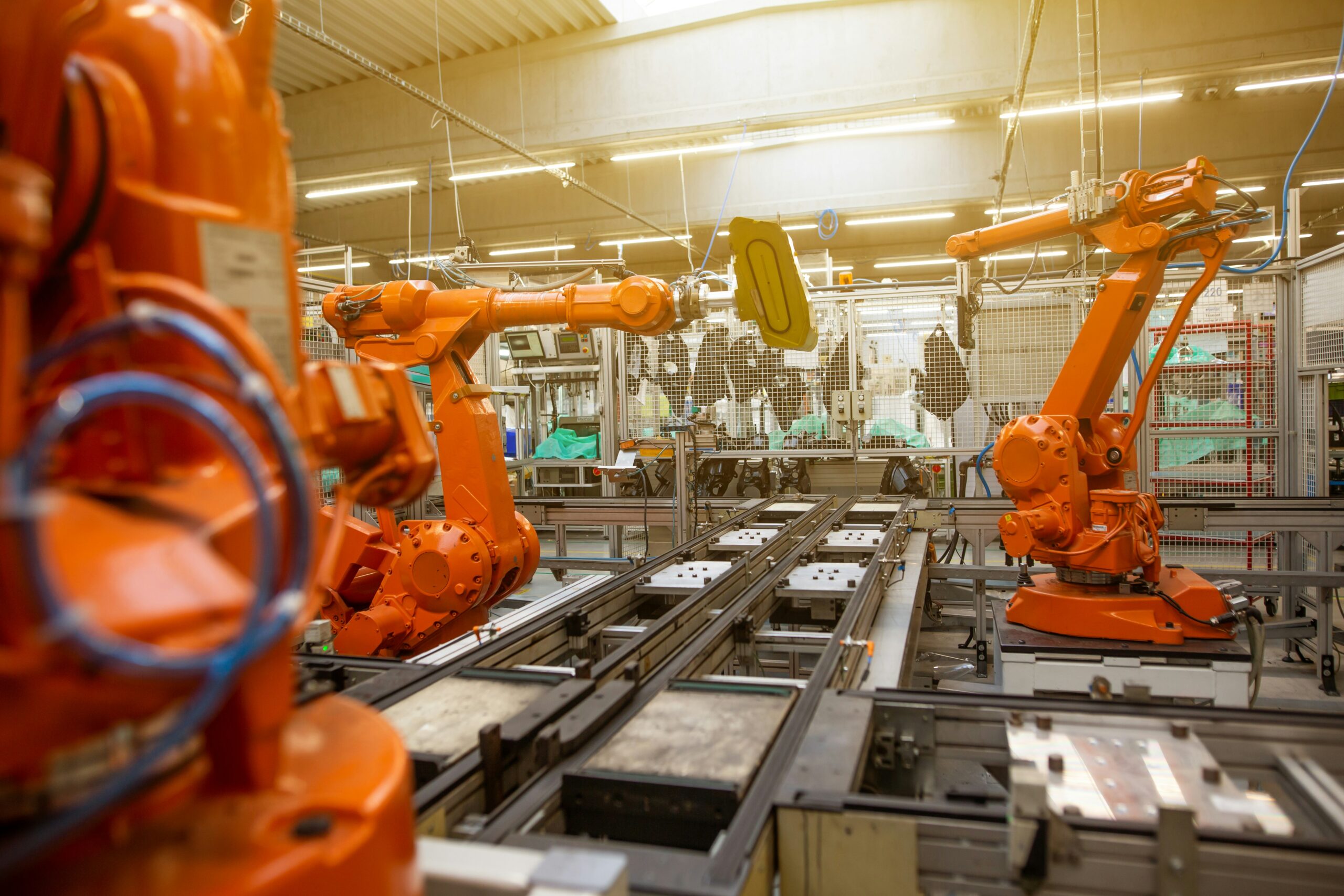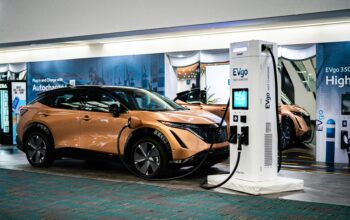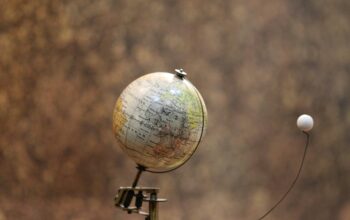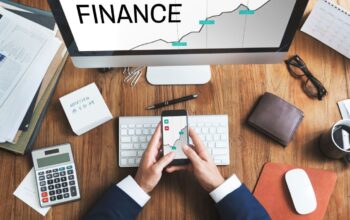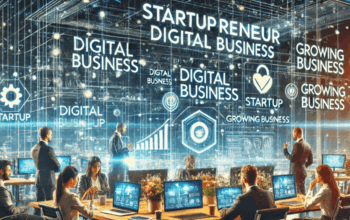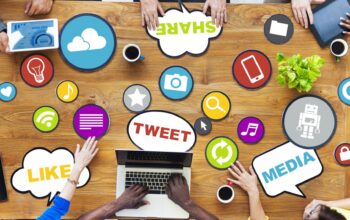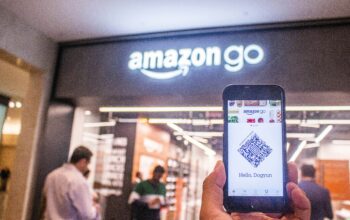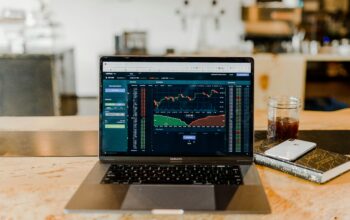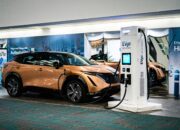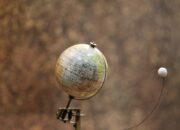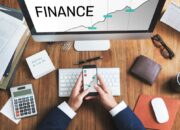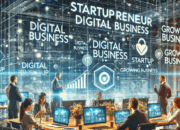Uzone.id – The Industrial Revolution 5.0 is poised to be a groundbreaking era where humans and machines work together seamlessly, unlocking limitless post industrial Revolution. Artificial Intelligence (AI) will play a pivotal role, its advanced capabilities enabling it to learn, adapt, and make decisions that can revolutionize industries.
Industrial Revolution harmonious collaboration between humans and machines, ushering in the most sophisticated industrial revolution yet.
Andrew Ng, a leading expert in the field of AI once said that this technology will never be able to replace humans. He believes that in the industrial revolution 5.0, both have their respective duties and functions.
“AI will not replace humans. AI will work with humans to strengthen our abilities,” said Andrew.
In the industrial revolution 5.0, humans can focus on creativity, empathy, and assessing a condition. While AI will have different tasks such as handling work that requires speed, accuracy, and scale.
One example of human and AI collaboration in the industrial revolution 5.0 can later be seen in a manufacturing industry. With this collaboration, it is believed that the production of a product will increase.
Robots equipped with AI can work together with human workers to assemble products with a high level of accuracy, thereby increasing production efficiency. On the other hand, the application of AI can also reduce errors, so that there are fewer product defects.
The application of AI in the industrial revolution 5.0 can also be applied to the pharmaceutical industry. In this sector, AI can be used to analyze genetic and chemical data to find new molecules. Thus, the results of the analysis can be used to create new drugs.
For companies that focus on customer service, they can also use AI to personalize needs. AI can understand customer needs and preferences more deeply through its analysis. Thus, companies can provide more appropriate services to consumers.
The potential for AI transformation in the Industrial Revolution 5.0 can be applied widely to cover various sectors. For example, in the health sector, AI can be used to diagnose diseases more accurately, as implemented by Eric Topol as Director of the Scripps Research Translational Institute.
“AI will revolutionize medicine by allowing us to personalize treatment for each patient,” Topol explained.
Just like in the manufacturing sector, Amazon CEO Jeff Bezos once said that AI can improve production processes, increase efficiency, and reduce waste.
“AI is the only thing I know for sure will make our lives better in the long run,” he said.
In addition to the manufacturing, pharmaceutical, and health industries, the Industrial Revolution 5.0 can also be applied to even unexpected sectors such as agriculture, energy, transportation, and finance.
In the agricultural sector, AI can be used to monitor plant health, predict crop yields, and optimize resource use. In the energy sector, AI can be used to manage smarter electricity grids, increase energy efficiency, and develop renewable energy sources.
In the transportation sector, AI has begun to be developed for autonomous vehicles. On the other hand, it can also be used to optimize delivery routes and reduce traffic congestion.
Then in the financial sector, AI can be used to detect fraud, provide investment recommendations, and manage risk.
With the many benefits of AI in the Industrial Revolution 5.0, it does not mean that this progress does not have its challenges. Several challenges must be prepared and faced, one of which is ethics.
Fei-Fei Li, a renowned computer scientist, reminds us of the importance of developing fair and unbiased AI. “We need to ensure that AI does not reinforce existing inequalities,” he said.
However, it is undeniable that the challenges of the 5.0 industrial revolution have enormous opportunities for innovation and economic growth. If utilized wisely, humans can create a better future for all.
Artificial intelligence is the main driving force of the 5.0 Industrial Revolution. With its extraordinary capabilities, AI has the potential to change the way we live and work. However, we need to develop AI responsibly and ethically to ensure that this technology benefits all of humanity.

